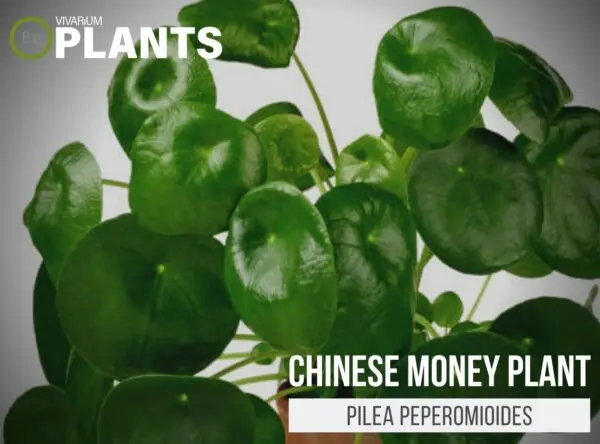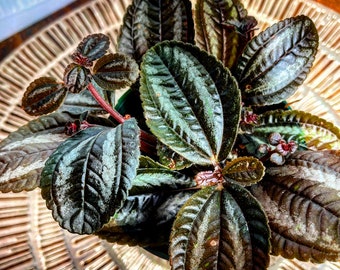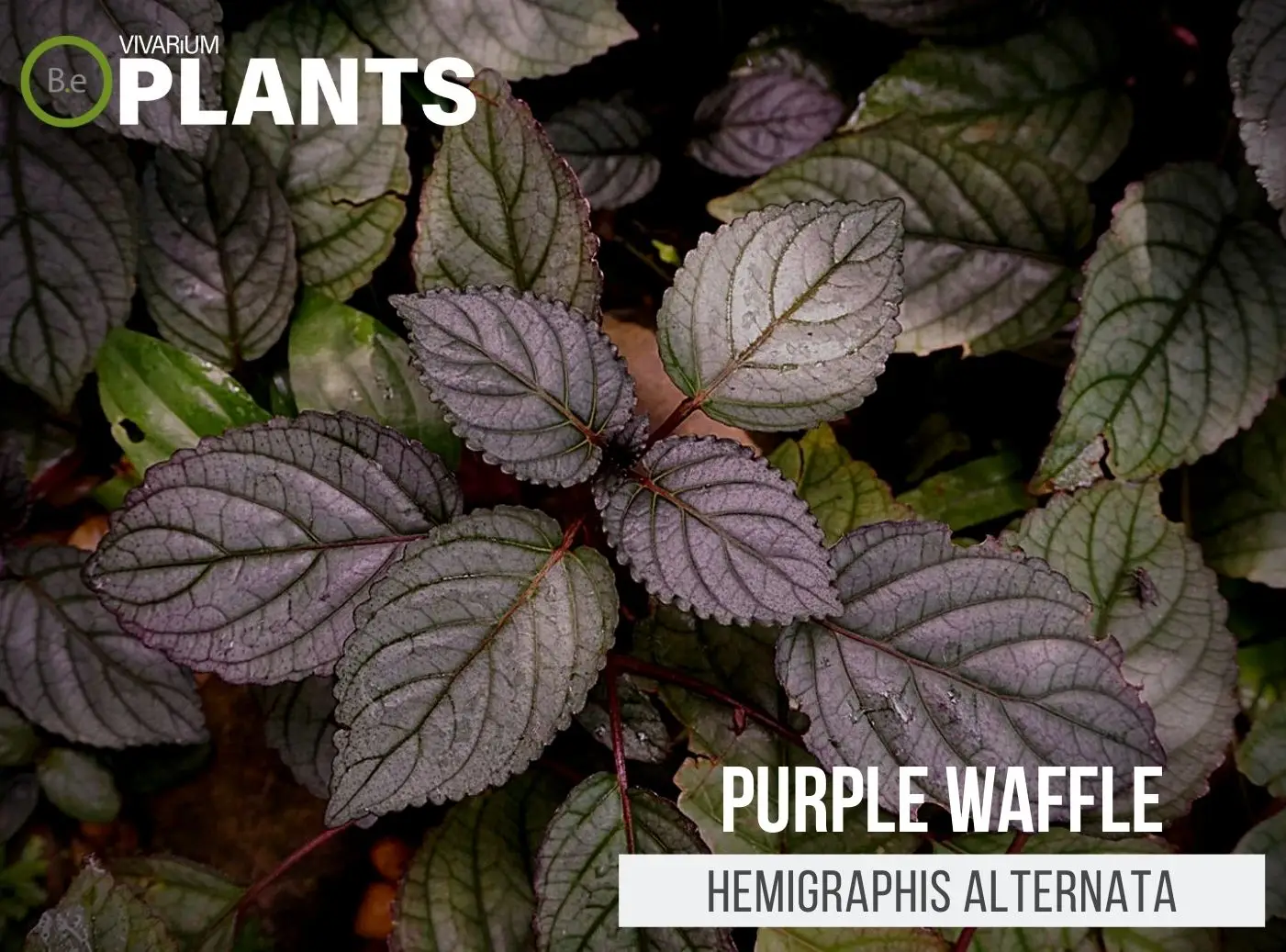Pilea peperomioides (Chinese Money Plant) is a unique and eye-catching houseplant that’s perfect for any vivarium.
This species of Pilea is native to the Yunnan Province of Southern China, where it grows on rocky, forested cliffs.
It’s an easy plant to care for but requires some moderate attention to thrive.
The round leaves give off a natural charm and make a great accent plant to add lively and rustic vibes to any vivarium.
Table Of Contents:
ToggleQuick Stats:
Scientific Name: Pilea peperomioides
Family: Urticaceae
Common Names: Chinese Money Plant, Pancake Plant, Missionary Plant
Habitat: Forested Cliffs
Height: 12 to 13 inches
pH Range: 7.0 to 8.0
Temperature: 65°F to 75°F
Lighting: Bright
What Is A Chinese Money Plant?
Pilea peperomioides is a species of perennial flowering plant in the nettle family (Urticaceae).
It’s commonly referred to as the Chinese money plant, pancake plant, or missionary plant due to its unique round leaves that resemble overturned pancakes.
This plant can reach up to 12-13 inches in height with a horizontal growth habit. When its leaves are healthy, they are dark green and light purple with small brown spots.


Chinese Money Plant Facts
This plant is a natural survivor due to its need for well-drained and loose soil.
Pilea peperomioides can thrive in many settings and is hardy in temperate climates.
It’s also a great food source for certain insects and can serve as an attractive houseplant for your vivarium.
Description
The leaves of Pilea peperomioides are round, flat, and smooth.
The width of each leaf is usually between 3 to 4 inches and their cultivar has several variations from green, speckled white, marbling, and light purple.
There are also many varieties of Pilea peperomioides with different leaf shapes, colors, and sizes.
This plant also has small stalks at the base of each leaf, which grows just enough to create stability.
Habitat
Pilea peperomioides is most commonly found in Yunnan Province of Southern China, where its natural habitat is a mixture of cliffside forests and sparsely planted shrubs.
The plant has become popular in recent years and is now available in many locations around the world.
pH Preference
Pilea peperomioides prefers to have slightly acidic or neutral soil with a pH range between 7.0 and 8.0.
A soil pH test kit can be used to ensure that its soil is within the optimal range for the plant to thrive.
Vivarium Type
The Chinese Money Plant is quite an easy-going species. With that in mind, it will not be too complicated when it comes to choosing the type of enclosure it is grown in. It is best to try and replicate the plant’s natural habitat as much as possible.
Doing so will make it easier to provide this foliage plant with its basic needs. The proper setup and theme of the enclosure will make a big difference to the overall look and health of the plant.
Be sure to choose setups that are moist and high in humidity. Here are recommended vivariums it will do well in:
- Paludariums – Half aquatic/ half terrain-based enclosure.
- Terrariums – Fully terrain-based enclosures with little to no aquatic features.
Vivarium Placement
Since this plant is native to a forested environment, it’s best to simulate its natural habitat in a vivarium.
It should be placed near the back of the tank, near the wall so that it gets plenty of natural light.
It can also be placed around the midground and foreground of the tank, with plenty of room to grow.
Substrate
The ideal soil for Pilea peperomioides should be lightly acidic with fairly good drainage.
A potting mix with a bit of sand, perlite, and soil will work great.
It’s also important to make sure the soil is loose so that the plant’s roots have plenty of air.
Lighting
Full or partial shade conditions will best mimic the natural lighting provided in its native habitat.
Avoid exposing it to direct sunlight for prolonged periods of time, as this will cause its leaves to burn.
LED and fluorescent grow lights can also be used to simulate the light of its natural habitat.
Buy Chinese Money Plant
When it comes to buying a Chinese Money Plant, there are a few things to keep in mind. Making sure the plant is healthy when purchased is essential for its success in a vivarium. Vegetation that is already in poor conditions will have a very hard time adjusting to new environments.
Click the image below to find out more about the current price and other relative info about this plant.
Chinese Money Plant Care & Propagation
The Chinese money plant is quite easy to care for and propagate. Root division and stem cuttings from existing plants are the two main methods.
When propagating with stem cuttings, try to use a similar potting mix and soil but be sure to keep the soil loose.
Stem cuttings should be rooted in water in indirect sunlight before being transplanted into soil.
How To Grow
Pilea peperomioides is a slow-growing plant, but with consistent care, it can be maintained indoors.
For best care and growth, keep the soil slightly moist and mist the leaves with a damp cloth or spray bottle.
This plant prefers a moderately warm environment and should be fertilized with a balanced fertilizer once a month.
Watering
Since Pilea peperomioides prefers moist soil and climate, they should be watered regularly.
However, avoid overwatering, as this can cause root rot. Wait until the top inch of soil has dried out before watering again.
A small fan or window can also be used to help it retain moisture.
Plants Similar To Chinese Money Plant
Adding diversity to an enclosure is key to an aesthetically pleasing setup. Try mixing up the look of your vivarium with different flora that can easily co-exist in the same types of environment.
Furthermore, if for some reason you find the Chinese Money Plant hard to acquire or would like to consider something similar to this plant… Here are other tropical plants you might see will do well with or in place of Pilea peperomioides:
Conclusion
Pilea peperomioides is a beautiful and unique plant that’s perfect for the modern vivarium. With some simple care and care, this plant can really bring life to any showcase.
It’s easy to propagate and manage and its round leaves provide an interesting pop of color to any display.
Frequently Asked Questions
Yes, Pilea peperomioides (Chinese Money Plant) is considered easy to care for, requiring only moderate heat and moisture levels and being tolerant of a wide variety of light levels.
No, Pilea peperomioides do not need a lot of light. They thrive in bright, indirect sunlight, with some shade.
Water Pilea peperomioides once every week or every other week, allowing the soil to fully dry out in between waterings.
Pilea peperomioides can typically go up to 2 weeks without needing to be watered.
An overwatered Pilea peperomioides usually has yellowing or wilting leaves, a mushy stem, root rot, and drooping growth.
The Chinese Money Plant (also known as Pilea peperomioides) is an easy-to-care-for houseplant that is known for its spidery leaves and stackable growth pattern. It is good for brightening up rooms, increasing oxygen in indoor air, and purifying the air of toxins. It is also thought to bring luck and prosperity to its owner, making it a wonderful addition to any home.
The average life span of a Chinese money plant is 5–10 years.
Yes, the Chinese money plant (botanical name Pilea peperomioides) is air purifying, as it removes toxins from the air such as formaldehyde, benzene, and carbon monoxide.
Yes, Chinese money plants (Pilea peperomioides) can attract bugs, including aphids and mealybugs. Generally, these insects are attracted to the plant because of its sticky sap or due to improper watering and humidity.




